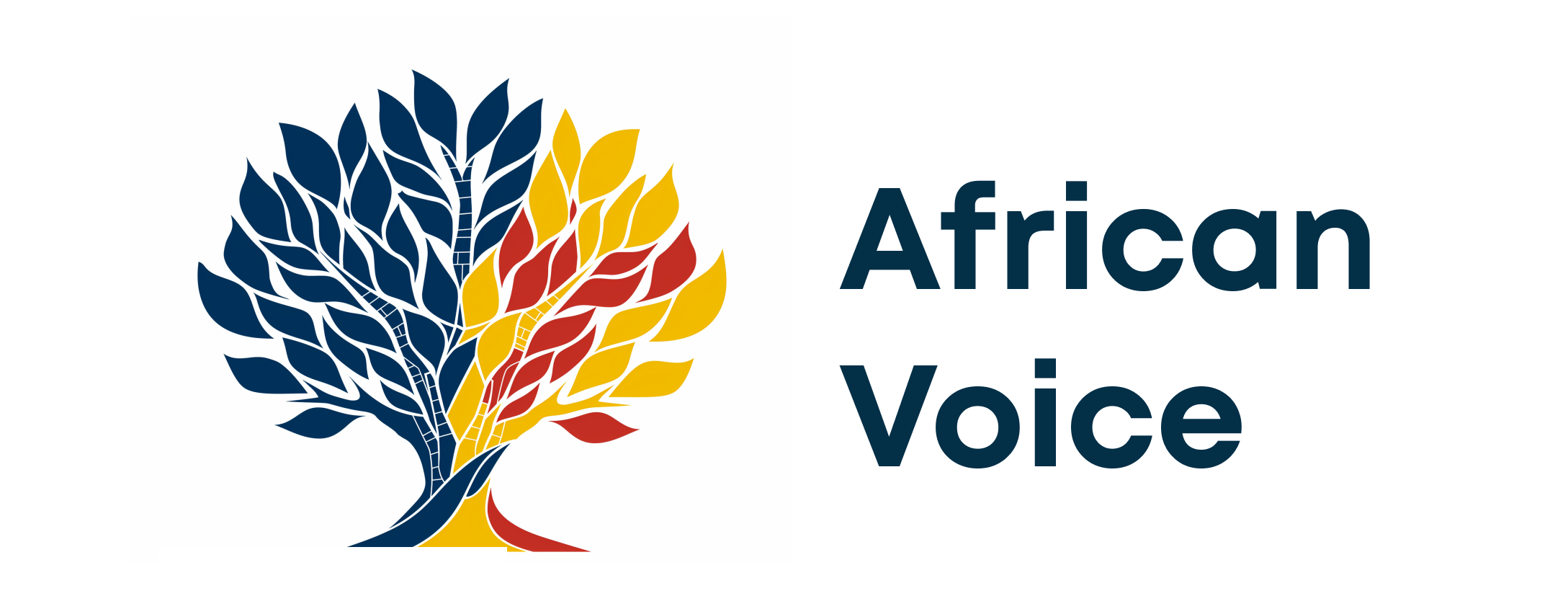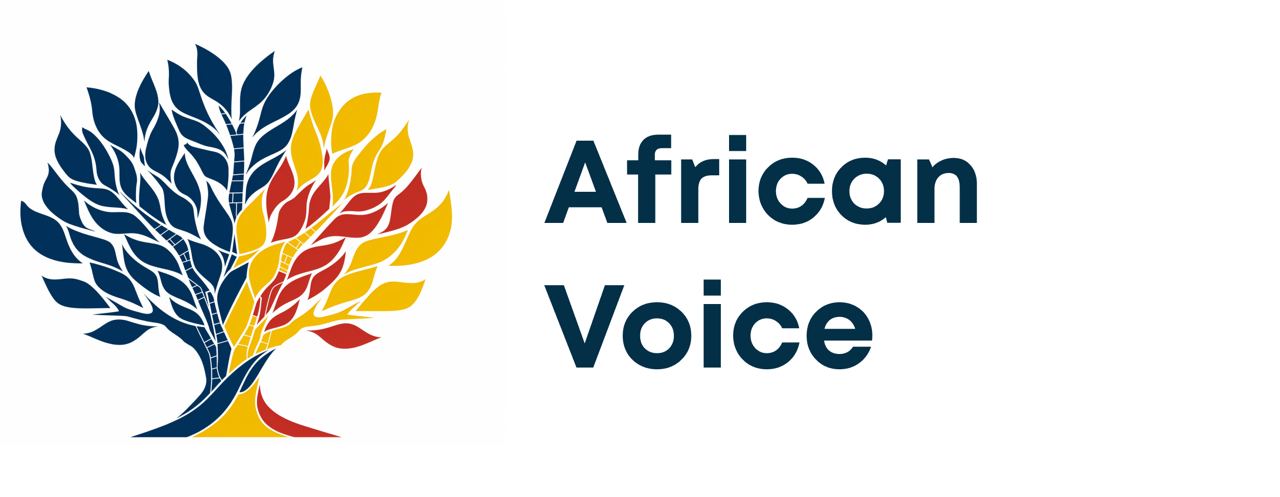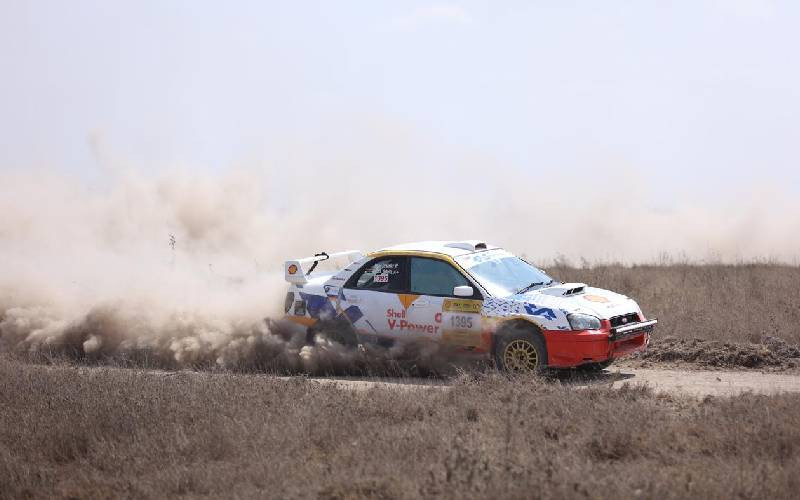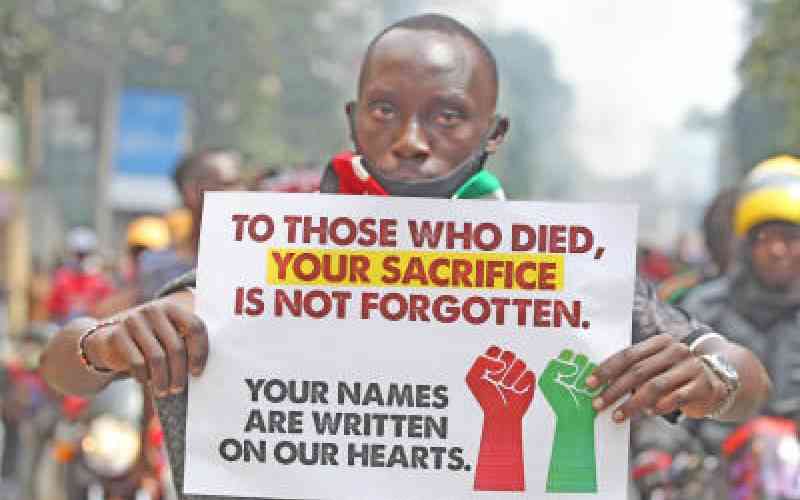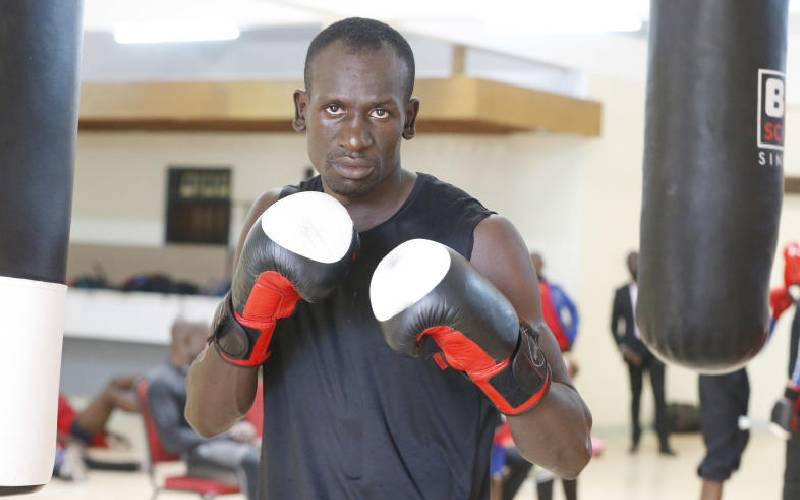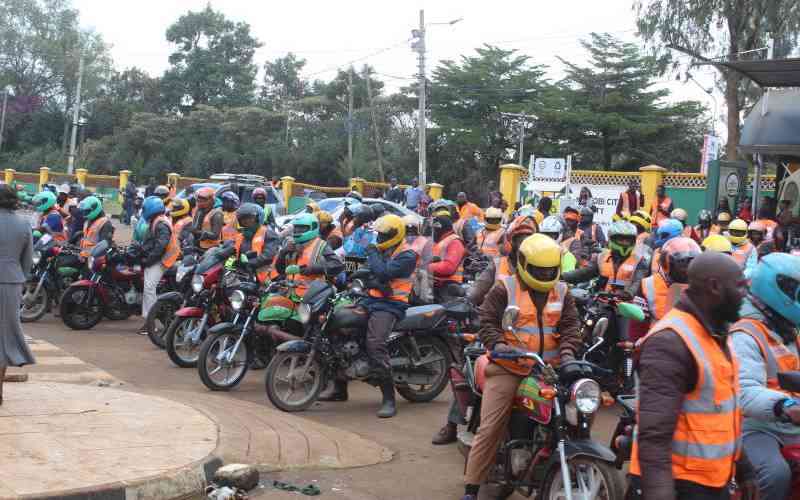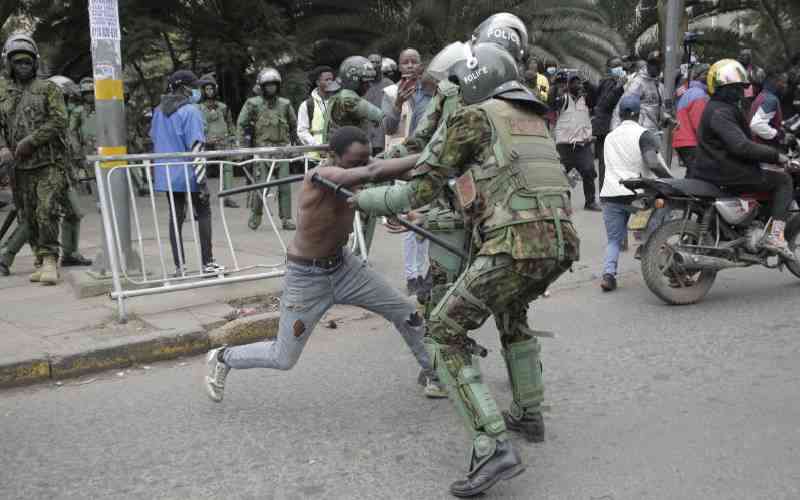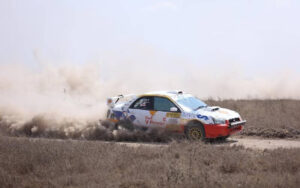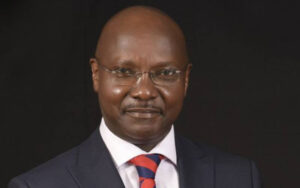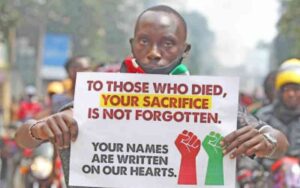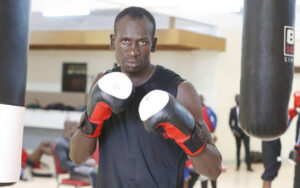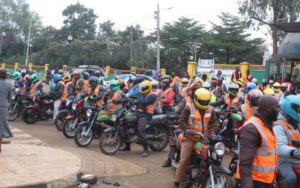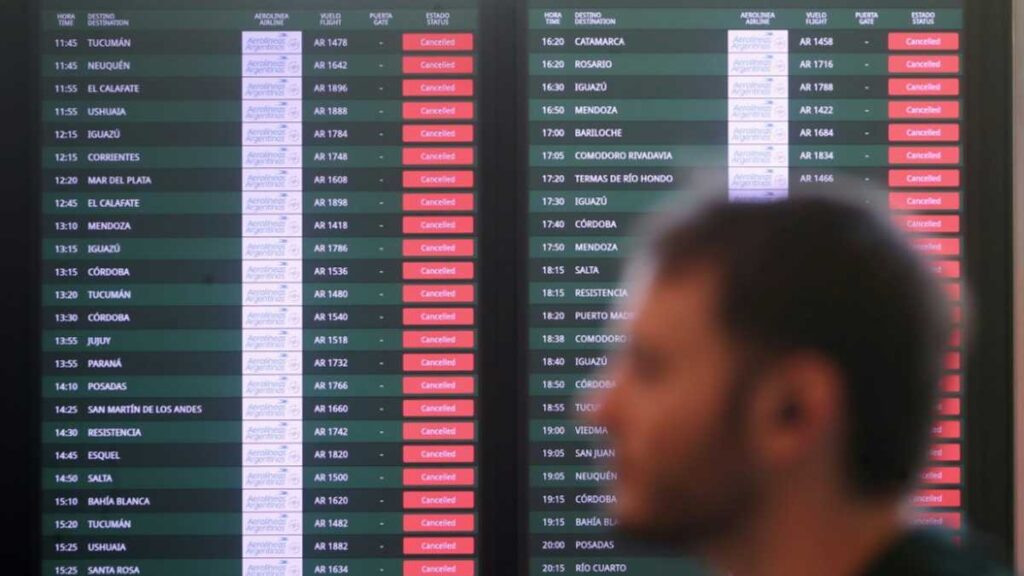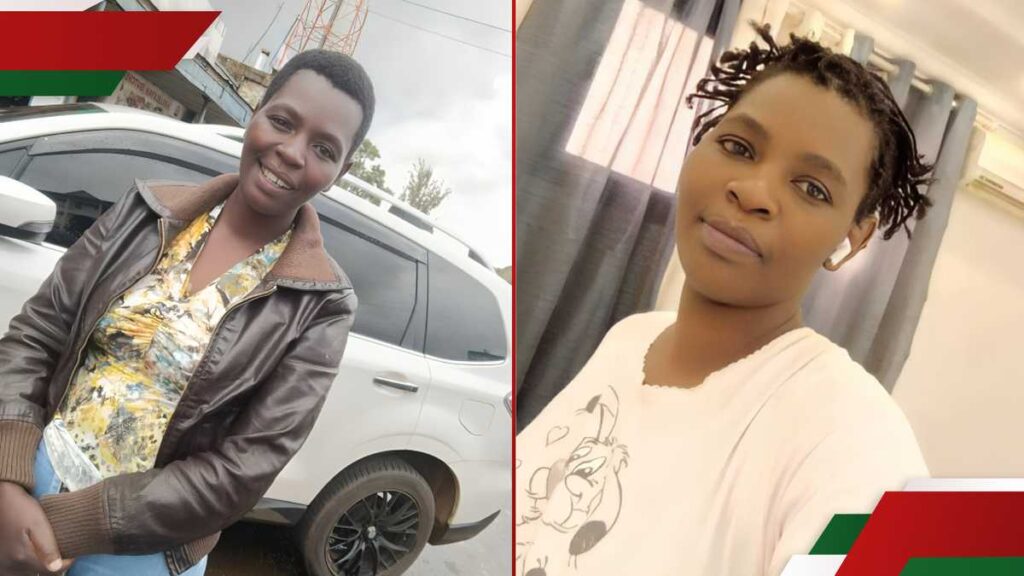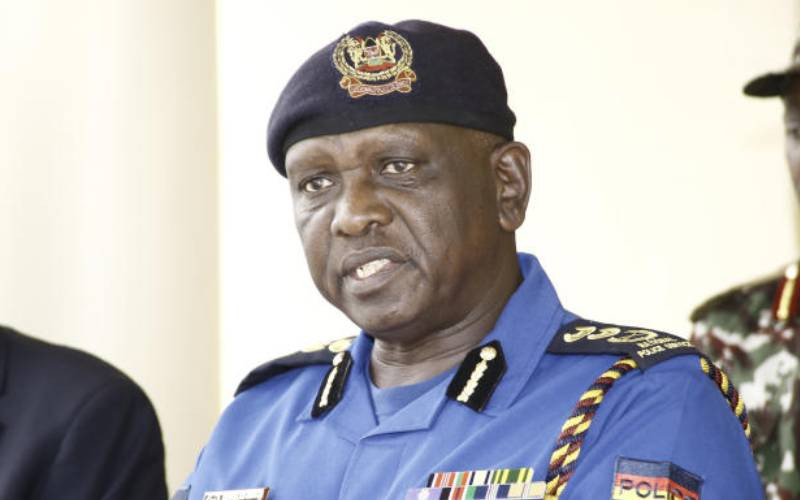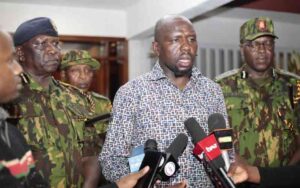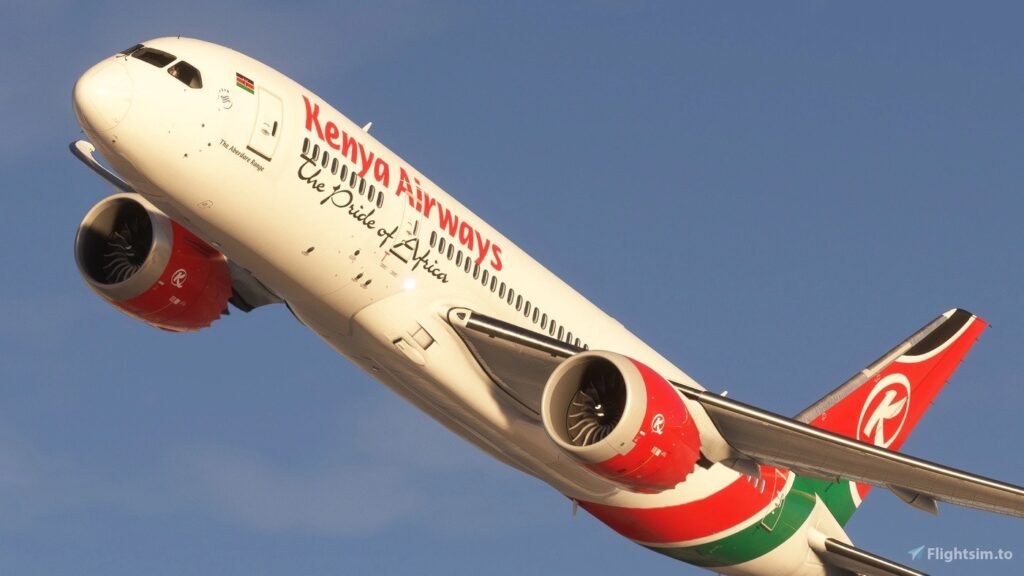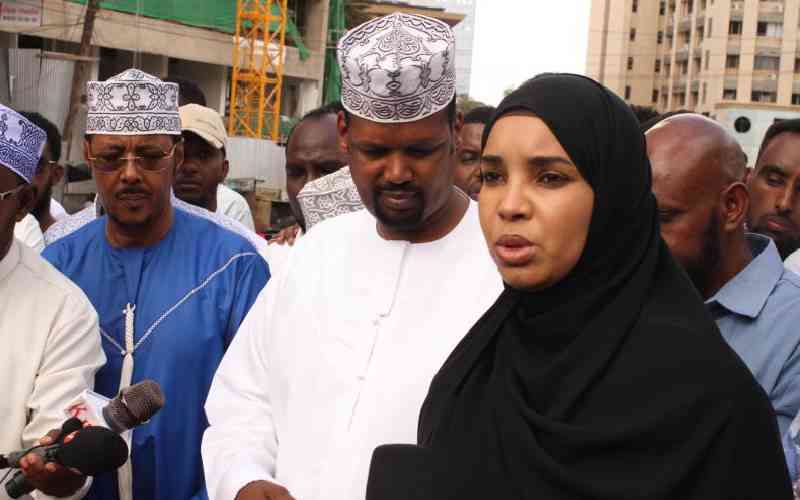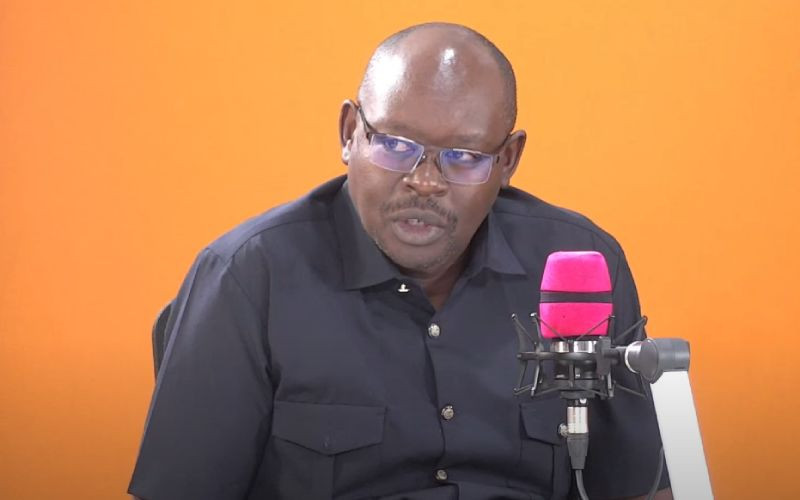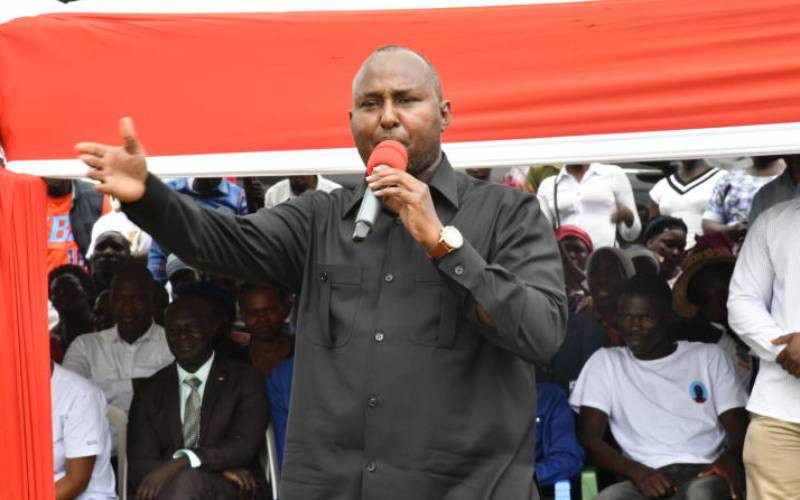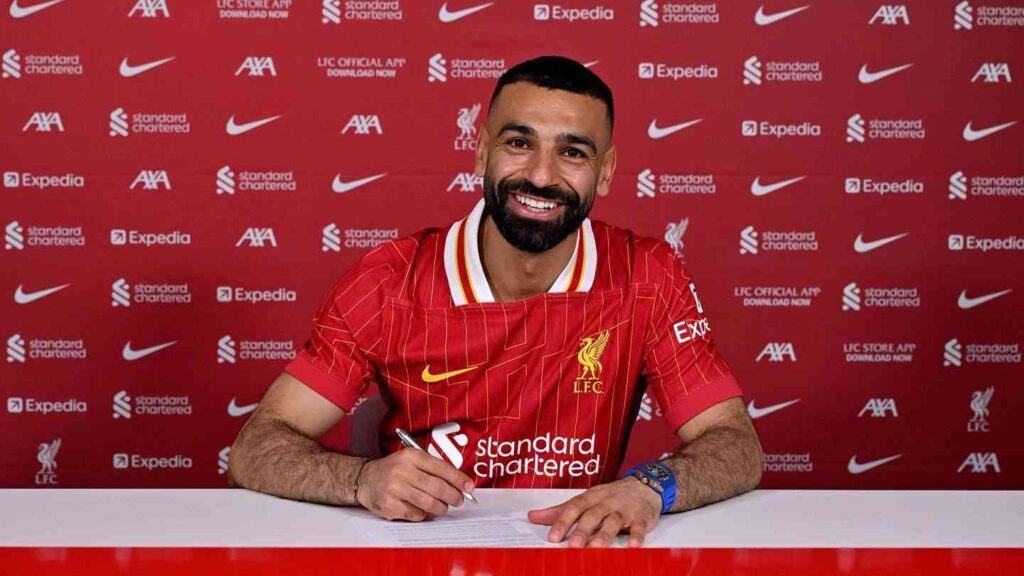A new BBC Africa Eye investigation, Blood Parliament, has identified the Kenyan security officers responsible for the fatal shooting of anti-tax protesters outside Parliament in June 2024.
The investigation pieces together the events of June, 25, 2024, when demonstrators protested against the controversial Finance Bill 2024 that attracted public disapproval over proposed punitive taxes.
The aftermath of the protest resulted in the deaths of at least three young men outside Parliament. The victims of police brutality were identified as 39-year-old software engineer David Chege, Ericsson Mutisya, 25, a butcher and Eric Shieni, and a 27-year-old finance student Eric Shieni.
The three, among many others, have been regarded as martyrs who paid the price for opposing increased taxation.
The Bill imposed a 16 per cent tax on goods and services for the construction and equipping of specialised hospitals, and increased import taxes from 2.5 per cent to three per cent.
Some of the initial proposals, among them a 16 per cent sales tax on bread and 25 per cent duty on cooking oil, were dropped following public outcry when the Bill was unveiled on June 18, 2025.
Central Business District
As MPs in the National Assembly debated on the Bill, David, Ericsson and Eric were among thousands of youths known as Gen Zs, demonstrating on the streets of the Central Business District (CBD) against its passage.
Despite growing anger outside, the lawmakers had their way passing the Bill with government marshalling 195 MPs against 106 opposition lawmakers who voted against it.
The passage fuelled emotions with protestors now determined to storm parliament to face the MPs and express their displeasure. Protests that had for the better part of the morning been peaceful, started turning violent as the Gen Zs tried to force their way into Parliament.
Finally, in the afternoon, the youthful demonstrators overrun the security cordon, storming parliament in their hundreds — sparking a brutal response from law enforcers who have been accused of using excessive force in repulsing the protestors.
Using open-source intelligence (OSINT) methods — a key tool in investigative journalism to make sense of complex events — BBC Africa Eye analysed more than 5,000 images to piece together the sequence of events leading to the deaths of the three.
The analysis found that none of the three men killed were armed.
Anti-riot squads
Stay informed. Subscribe to our newsletter
They were fallen by bullets fired by a police and military officer who were part of the anti-riot squads deployed in the CBD and surrounding environs where scores of protesters were either killed or injured.
Despite a parliamentary committee ordering Kenya’s Independent Policing Oversight Authority (IPOA) to investigate the killings and other deaths on the streets of Nairobi — and make public their findings — no report has yet been issued and no-one has been held to account.
In the absence of a published official investigation, BBC Africa Eye analysed videos and photos taken by protesters and journalists on that day outside Parliament.
Through the examination of camera metadata, livestream timings, and public clocks visible in shots, coupled with a 3D reconstruction of the site BBC Africa Eye pin-pointed the locations where the three protesters were killed and identified some of the officers responsible for firing the shots.
The investigation found that one of the officers responsible for firing the shots works for Kenya’s Defence Forces (KDF) and the other is from National Police Service who the BBC was able to identify as John Kaboi attached to Central Police Station.
The OSINT analysis linked Kaboi to the shooting of David and Ericsson who were among a group of protestors fleeing from advancing officers along Parliament Road. They were felled simultaneously from shots fired by Kaboi in a kneeling position.
From the footage, Kaboi is the only officer captured kowtowing while aiming his firearm at the fleeing protestors who had made an attempt to storm Parliament.
One of the videos analysed by the BBC captured a plain-clothed police officer shouting “uaa!”, the Swahili word for “kill”.
Seconds later, Kaboi kneels, gunshots are heard as the protesters scamper for safety. At the silence of the gunshots, David and Ericsson lay dead close to each other. The protesters regroup, carrying away the two bodies.
When reached for comment regarding Kaboi’s involvement in the fatal shooting, Central sub-County Police Commander Stephen Okal said he was not in office.
“I can’t comment on the matter since I’m away in the village, maybe you can reach to my boss, the regional commander, Mr Seda,” said Okal.
Police Spokesman Muchiri Nyaga was not readily available for comment. “At Kerio Valley for a security meeting,” he responded in a text message. His boss, the Inspector General of Police Douglas Kanja could not respond as he was attending the same meeting.
The KDF officer whose identity was not immediately established, is linked to the fatal shooting of Eric, a man who appeared “marked” for being vocal outside and inside parliament. He fell under a cloud of teargas smoke while running away from Parliament.
Eric was among those leading the charge inside the August House, which was partly set ablaze before the inferno was quickly extinguished.
From videos, the university student is seen encouraging other protestors not to relent.
When the teargas smoke cleared, Eric was lying near the perimeter fence writhing in pain. He soon passed on as protestors attempted to rush him to hospital. From the BBC analysis, the military officer shot Eric from a “hasty sling” position.
Embakasi East MP Babu Owino was among a group of opposition legislators to arrive at the scene. The youthful lawmaker jumped over the fence in a bid to offer help only to learn Eric had already died.
“We will not allow police to kill people, Gen Z continue with the demonstrations; we will support you,” Babu told a group of protestors surrounding Eric’s body soaked in blood.
The protesters had stormed Parliament and were fleeing after a five-minute siege that threw security agents inside off balance with MPs escaping through an underground channel while others were chauffeured to safety in ambulance vehicles.
Three victims
Through the analysis of the weapons, body armour, riot shields and headgear of every police officer on the scene, the BBC was able to identify the officers responsible for the deaths of three victims.
Bertram Hill, producer director for BBC Eye’s OSINT team said, “Blood Parliament is a testament to the power of combining open-source intelligence with traditional investigative journalism.”
“The BBC Africa Eye team analysed thousands of publicly available pieces of evidence — from photos and videos to news reports — to piece together the events at the Parliament of Kenya on June 25, 2024. This investigation shows how far cutting-edge OSINT, in tandem with fact-finding, can go towards uncovering hidden truths and holding power to account,” he added.
The BBC put its allegations to National Police Service, which said it could not investigate itself since that is the mandate of Independent Policing Oversight Authority (IPOA) that is supposed to probe the alleged misconduct.
While KDF told the BBC the IPOA had not forwarded any request to look into its personnel involved in the operations at Parliament.
Our queries
“KDF remains fully committed to upholding the rule of law and continues to operate strictly within its constitutional mandate,” said the military in their response to our queries.
Reacting to the video of Eric’s shooting, Faith Odhiambo, president of the Law Society of Kenya said it was clear that the aim was to kill protestors.
“Eric deserved a fair hearing, we don’t know if he damaged Parliament or not. He wasn’t aggressive, he was leaving the premises. They could have had him arrested, but the fact that you shot at his head — it was clearly an intention to kill. You have become the judge, juror and sentence executioner for Eric,” said the LSK boss.
In their eight-month digging, the BBC collaborated the investigations with eyewitness accounts from human rights activists Boniface Mwangi, Hanifa Adan and Ademba Allens, a journalism student.
According to Mwangi the build-up to the passage of the Finance Bill 2024, Kenyans had warned the lawmakers and President William Ruto against the proposed increment of taxes but none of the leaders cared to listen.
“The protests were not only in Nairobi but across the country. For the first time, it was the Kenyan people, the working class, the middle class, and the lower class against the ruling class,” Mwangi told the BBC.
When calm was finally restored, some 39 protesters had died, 361 injured, 627 arbitrarily arrested while 32 were abducted, according to a report released the following month by Kenya National Commission on Human Rights.
